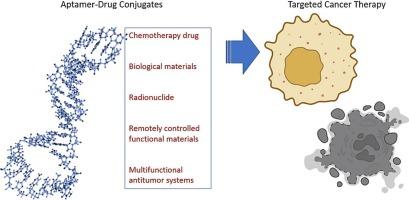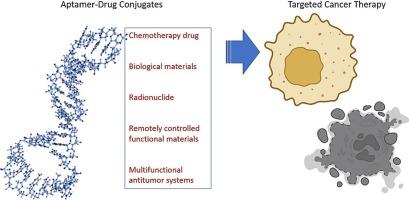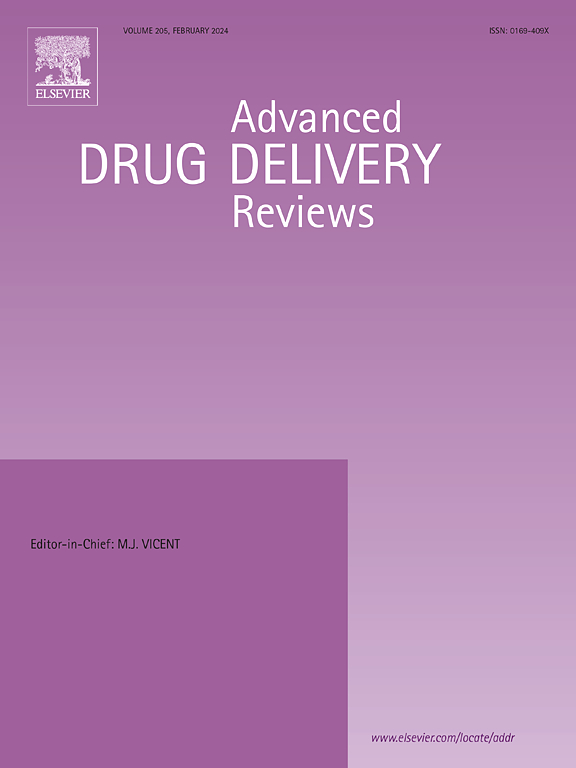Aptamers as a new frontier in targeted cancer therapy
IF 17.6
1区 医学
Q1 PHARMACOLOGY & PHARMACY
引用次数: 0
Abstract
Cancer treatment has transitioned from traditional chemotherapy to the molecular medicine era, emphasizing personalized therapy at the molecular level. Aptamers, also known as ’chemical antibodies’, play a pivotal role in advancing molecular medicine. Utilizing the SELEX (Systematic Evolution of Ligands by Exponential Enrichment) technique, these aptamers exhibit exceptional affinity for a wide range of targets, ranging from picomolar to nanomolar levels. Their exceptional characteristics, including ease of preparation, small size, low immunogenicity, remarkable chemical stability, and convenient modification, make them highly versatile for precise cancer therapy. Notably, aptamers have been successfully combined with therapeutic agents, such as small interfering RNAs (siRNAs), microRNAs (miRNAs), and small molecule toxins for diverse research purposes. This review article will primarily focus on recent progress in aptamer-based targeted therapy for cancer, offering readers a comprehensive insight into the latest developments in aptamer-based cancer treatment.


适体是肿瘤靶向治疗的新前沿
癌症治疗已经从传统的化疗过渡到分子医学时代,强调分子水平的个性化治疗。适体,也被称为“化学抗体”,在推进分子医学方面发挥着关键作用。利用SELEX(配体的系统进化通过指数富集)技术,这些适体对广泛的靶标具有特殊的亲和力,范围从皮摩尔到纳摩尔。它们的特殊特性,包括易于制备、体积小、低免疫原性、显著的化学稳定性和方便的修饰,使它们在精确的癌症治疗中具有高度的通用性。值得注意的是,适配体已经成功地与治疗剂结合,如小干扰rna (sirna)、微rna (miRNAs)和小分子毒素,用于各种研究目的。这篇综述文章将主要关注基于适配体的癌症靶向治疗的最新进展,让读者全面了解基于适配体的癌症治疗的最新进展。
本文章由计算机程序翻译,如有差异,请以英文原文为准。
求助全文
约1分钟内获得全文
求助全文
来源期刊
CiteScore
28.10
自引率
5.00%
发文量
294
审稿时长
15.1 weeks
期刊介绍:
The aim of the Journal is to provide a forum for the critical analysis of advanced drug and gene delivery systems and their applications in human and veterinary medicine. The Journal has a broad scope, covering the key issues for effective drug and gene delivery, from administration to site-specific delivery.
In general, the Journal publishes review articles in a Theme Issue format. Each Theme Issue provides a comprehensive and critical examination of current and emerging research on the design and development of advanced drug and gene delivery systems and their application to experimental and clinical therapeutics. The goal is to illustrate the pivotal role of a multidisciplinary approach to modern drug delivery, encompassing the application of sound biological and physicochemical principles to the engineering of drug delivery systems to meet the therapeutic need at hand. Importantly the Editorial Team of ADDR asks that the authors effectively window the extensive volume of literature, pick the important contributions and explain their importance, produce a forward looking identification of the challenges facing the field and produce a Conclusions section with expert recommendations to address the issues.

 求助内容:
求助内容: 应助结果提醒方式:
应助结果提醒方式:


